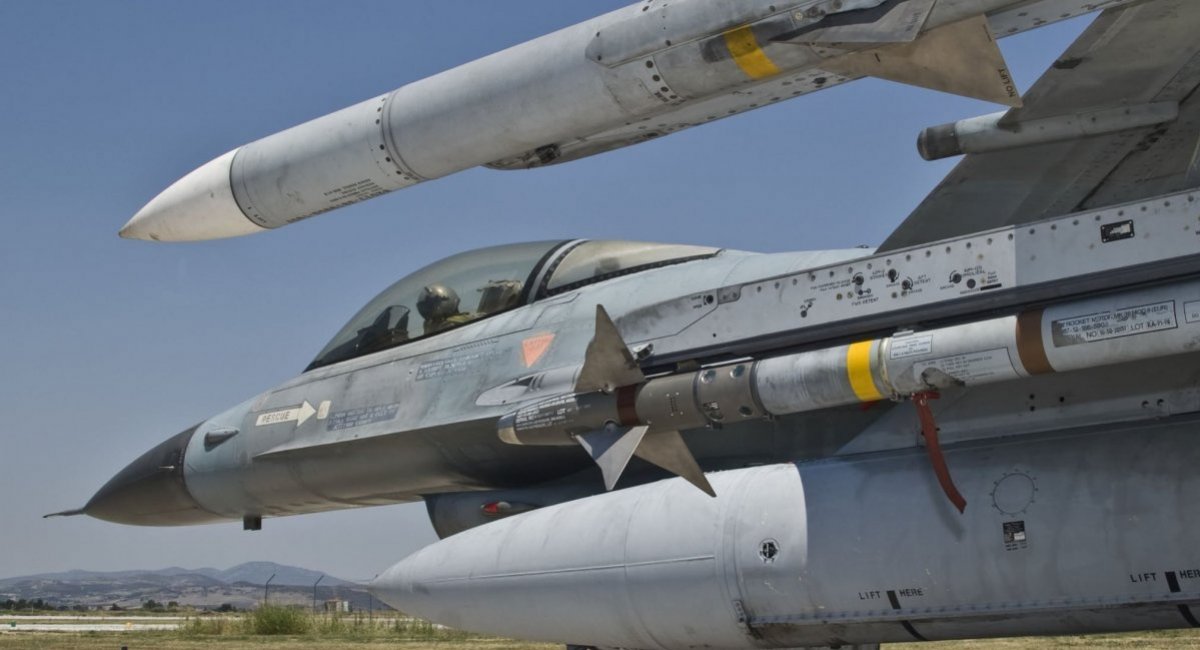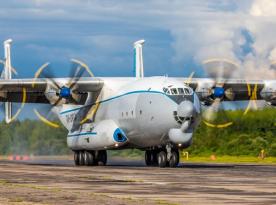Amid Greece's significant procurement of 20 F-35s, the upgrade of their F-16 Block 52+ to the Viper version, and potential further acquisitions of French Rafales, the country's Defense Ministry has unveiled plans to offload their older fleet, which comprises F-16 Block 30, Mirage 2000-5, and F-4 Phantom.
Overall, we are talking about 108 fighter jets: 32 F-16C/D Block 30, 24 Mirage 2000-5 Mk. 2, and 33 F-4E PI2000. In Greece, they are rather optimistically estimating to receive a total of 2 to 2.5 billion euros for these aircraft.
Read more: Greece Plans to Sell Block 30 F-16s, Mirage 2000 Fighters: Why It Matters for Ukraine?
However, their projections might be overly optimistic, especially considering the challenges in finding buyers for the F-4 Phantom due to its outdated technology. Currently, only Turkey, South Korea (which is in the process of decommissioning them), and Iran continue to operate the F-4 Phantom.
India might show an interest in the Mirage 2000-5, considering their current operation of similar fighter jets. However, the list of potential buyers is much broader because these French aircraft are also in service with Egypt, Taiwan, and the UAE.

When it comes to the F-16, there’s been considerable talk within Greek military publications. They suggest that Ukraine might be interested in repurchasing them or obtaining them through other means.
When it comes to the F-16 Block 30, these jets had initially been designated by Greece as replacements for the F-5A back in 1984. Originally, the project was estimated to cost around $940 million, with specific provisions set for localization and compensation agreements. However, following a thorough bidding process, the overall expenditure was trimmed down to $659 million, with the anticipated co-production cost pegged at $240 million.
From 1989 to 1990, Greece received 34 single-seater F-16Cs and 6 dual-seater F-16Ds, all of them brand new. In the late 1990s, these aircraft underwent a mid-life upgrade called Falcon-Up, involving extensive refurbishment, replacement of four structural components of the fuselage, and an extension of service life from 4000 to 8000 hours. The work was carried out by Hellenic Aerospace Industry.
Furthermore, Greece added 24 LANTIRN modules to its F-16 Block 30 fleet. This enabled them to utilize high-precision munitions for ground target engagement. The aircraft were also supposed to receive an upgraded ASPIS electronic warfare suite with the ALQ-187 I-DIAS jamming station.

So, when comparing Greek F-16s to those from the Netherlands, Denmark, Belgium, or Norway, the Greek fleet has a slightly more sophisticated base version. It operates with Block 30 as opposed to Block 15. The significant difference between these blocks is that Greece’s version comes with the more advanced AN/APG-68 radar [from block 25 onwards] instead of the AN/APG-66. However, all of these aircraft underwent mid-life Falcon-Up and MLU upgrades, which essentially leveled up all their capabilities.
Regarding the years of aircraft production, it will only be possible to say for sure after specific information about the European F-16s emerges. However, if there is a difference, it will likely be within a few years in favor of the slightly younger Greek aircraft. It’s essential to note that Greek sources indicate that their fighters are only 60% depreciated – a claim that requires further investigation.
The cost of such used F-16s could very well be indicative of a realistic deal between Denmark and Argentina for the sale of 24 similar fighters. The current price under consideration is $14 million per plane, totaling $338 million for the 24 used F-16 MLUs. If the Greek fighters are priced similarly, this would amount to around $448 million.
Although hope in Athens is high, this estimation could be purely theoretical. Because in the event of strengthening the Ukrainian Armed Forces with these aircraft, Greece will receive a discount on the purchase of new American weapons, including the same F-35s.

Thus, only the question of timing remains. Greek armed forces’ revamping is scheduled to last until 2030 and the first F-35s aren’t slated to arrive until, at the very earliest, 2028. The conditions for updating the F-16 Block 52+ to the Viper have not been definitively announced. But the thing is, if Greece really wants to get funds or a discount for these F-16s, it's unlikely to happen by the end of the decade.
Read more: Netherlands Plans to Send 24 F-16 Fighter Jets to Ukraine - Defense Minister Kajsa Ollongren (Video)














